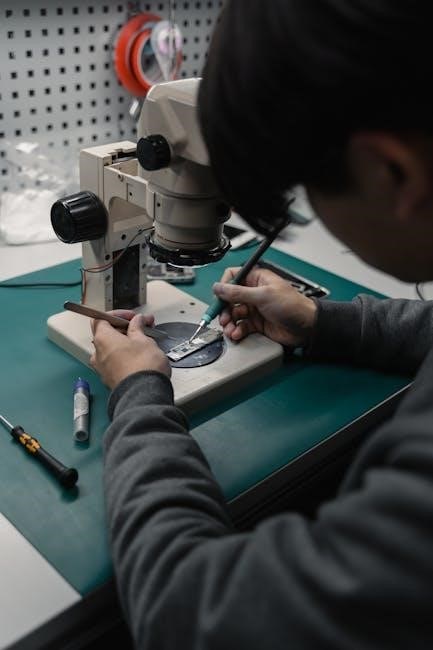Overview of the Lab Manual and Workbook
The lab manual and workbook for biological anthropology is a comprehensive resource that provides students with a hands-on approach to learning. The workbook component of the manual includes interactive exercises and visual aids, such as images and diagrams, to help students understand complex concepts.
The manual is designed to be used in conjunction with a textbook, but can also be used as a standalone resource.Overall, the lab manual and workbook for biological anthropology is a valuable resource for students who are studying biological anthropology.
The manual is widely used in introductory courses in biological anthropology and is available in a variety of formats, including spiral-bound and digital.
The content of the manual is regularly updated to reflect new discoveries and advancements in the field of biological anthropology.
The manual is written in a clear and concise manner, making it accessible to students who are new to the subject.

Authors and Contributors of the Lab Manual
Biographies of K. Elizabeth Soluri and Sabrina C. Agarwal
They have written extensively on the subject, with their lab manual and workbook being a popular resource for students and educators alike, providing a comprehensive and interactive approach to learning.
Their work has been widely acclaimed, with many praising their ability to make complex concepts accessible and engaging, using a range of visual aids and interactive exercises to facilitate learning and understanding.
As authors, they have a deep understanding of the needs of students and educators, and have tailored their resources to meet these needs, making them a trusted and respected name in the field of biological anthropology, with a strong online presence.

Key Features of the Laboratory Manual and Workbook
Interactive Exercises and Hands-on Approach
The manual is designed to help students develop critical thinking skills and apply scientific principles to real-world problems, with a focus on human evolution and biology.
The interactive exercises and hands-on approach enable students to explore complex concepts in a practical and experiential manner, making the learning process more enjoyable and effective.
The use of visual aids, such as images and diagrams, further enhances the learning experience, allowing students to visualize and understand complex biological processes.
Overall, the interactive exercises and hands-on approach in the lab manual and workbook for biological anthropology provide a comprehensive and engaging learning experience for students, preparing them for success in their academic and professional pursuits.
The manual’s emphasis on hands-on learning and critical thinking skills makes it an essential resource for students of biological anthropology.

Target Audience and Course Alignment
Introductory Courses in Biological Anthropology with Laboratory Components
The lab manual and workbook for biological anthropology is designed for introductory courses with laboratory components, providing students with a comprehensive understanding of human evolution and biology.
The manual is aligned with college curricula and can be used with any introductory text, making it a versatile resource for instructors.
The workbook includes interactive exercises and visual aids, allowing students to engage with the material in a hands-on way.
This approach helps students develop critical thinking skills and apply scientific principles to real-world problems.
The manual is suitable for courses in biological anthropology, human evolution, and related fields, and is intended for undergraduate students.
The laboratory components of the course provide students with practical experience in scientific methods and techniques, preparing them for further study in the field.
Overall, the lab manual and workbook for biological anthropology is an essential resource for introductory courses with laboratory components, providing students with a thorough understanding of the subject matter.
The manual is widely used in colleges and universities, and is recognized as a leading resource in the field of biological anthropology.

Publisher and Edition Information
W. W. Norton & Company and the Second Edition
The second edition of the lab manual and workbook for biological anthropology is published by W. W. Norton & Company, a renowned publisher of academic texts. This edition features updated content, new interactive exercises, and improved visual aids. The publisher’s commitment to quality and innovation is evident in this revised edition, which is designed to engage students and facilitate learning. With its user-friendly format and comprehensive coverage of key concepts, the second edition is an essential resource for introductory courses in biological anthropology. The publisher’s online platform also provides additional resources and support for instructors and students, enhancing the overall learning experience. By choosing W. W. Norton & Company, students and instructors can trust that they are using a high-quality, reliable, and effective learning tool. The second edition is a valuable addition to any biological anthropology course, and its publication by W. W. Norton & Company ensures its quality and relevance.